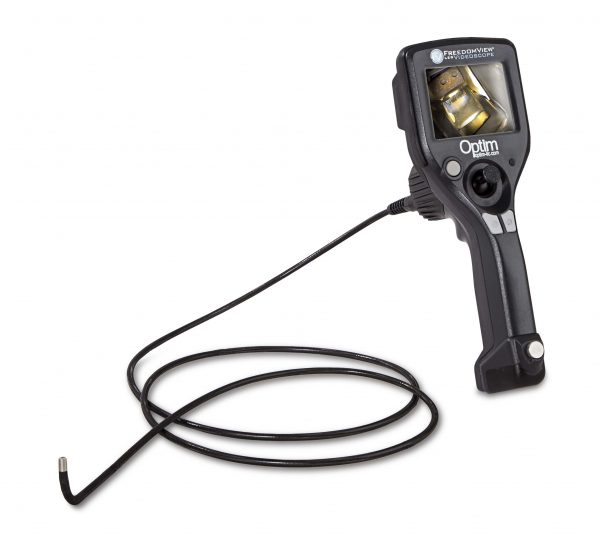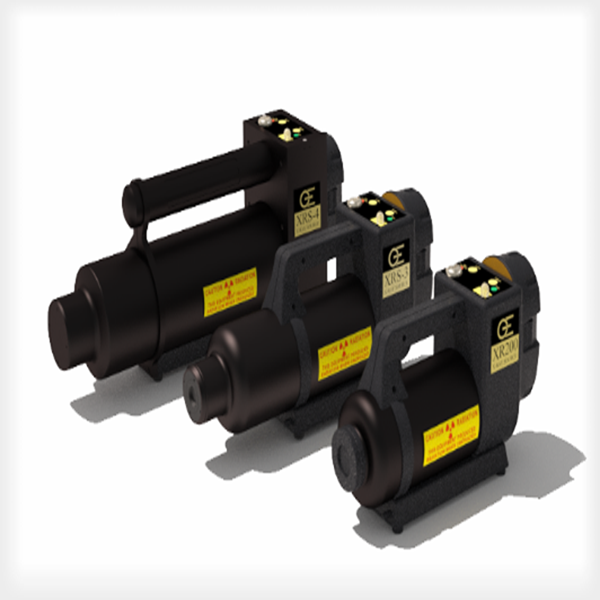Products
VMC4 – Ultra Compact Metal Detector
August 5, 2020UPEX® 740 M LARGE LOOP METAL LOCATOR
September 21, 2020
MAGNEX® 130 B UNDERWATER MAGNETOMETER
4th Generation Metal Detector with Exchangeable Search Coil
APPLICATION
The UW magnetometer MAGNEX® 130 B is designed for the locating of magnetic anomalies in the earth’s magnetic field as brought about by, for example, ferrous objects that are concealed on the floor of bodies of water or in the ground. Such objects include pipelines, parts of ships, wrecks or ERW. The devices are used typically in professional operations by police divers, for the geomagnetic surveying of abandoned hazardous sites and by commercial diving companies.
MODE OF FUNCTIONING
The MAGNEX® 130 B belongs to the group of ferrous metal detectors with a passive mode of action as widely used on land for geomagnetic investigations. It is able to measure differences in the earth’s magnetic field whereby displaying of the earth’s natural magnetic field is suppressed but differences brought about by local magnetic anomalies are displayed.
The magnetometer has three detection stages with different ranges of sensitivity: In the first and least sensitive stage the device functions dynamically and – in the vicinity of ferrous metal objects – adjusts itself continuously to the background noise/interference.
In the second stage the device works in quasi-static mode. Here the adjusting to and suppressing of the external and undesired noise is carried out slowly. Thanks to the automatic adjustments carried out in these two detection stages the diver does not have to carry out adjustments on the device which naturally simplifies his work.
In the third stage the device works in static mode. In this stage the MAGNEX® 130 B possesses its maximum detection sensitivity. Naturally the range within which a particular ferro-magnetic object can be detected depends on the magnetic field strength of the latter.
Small objects with a low magnetic field strength will only be detected when they are in the immediate vicinity of the probe; larger objects with a correspondingly greater magnetic field strength can be detected at a range of several meters.



